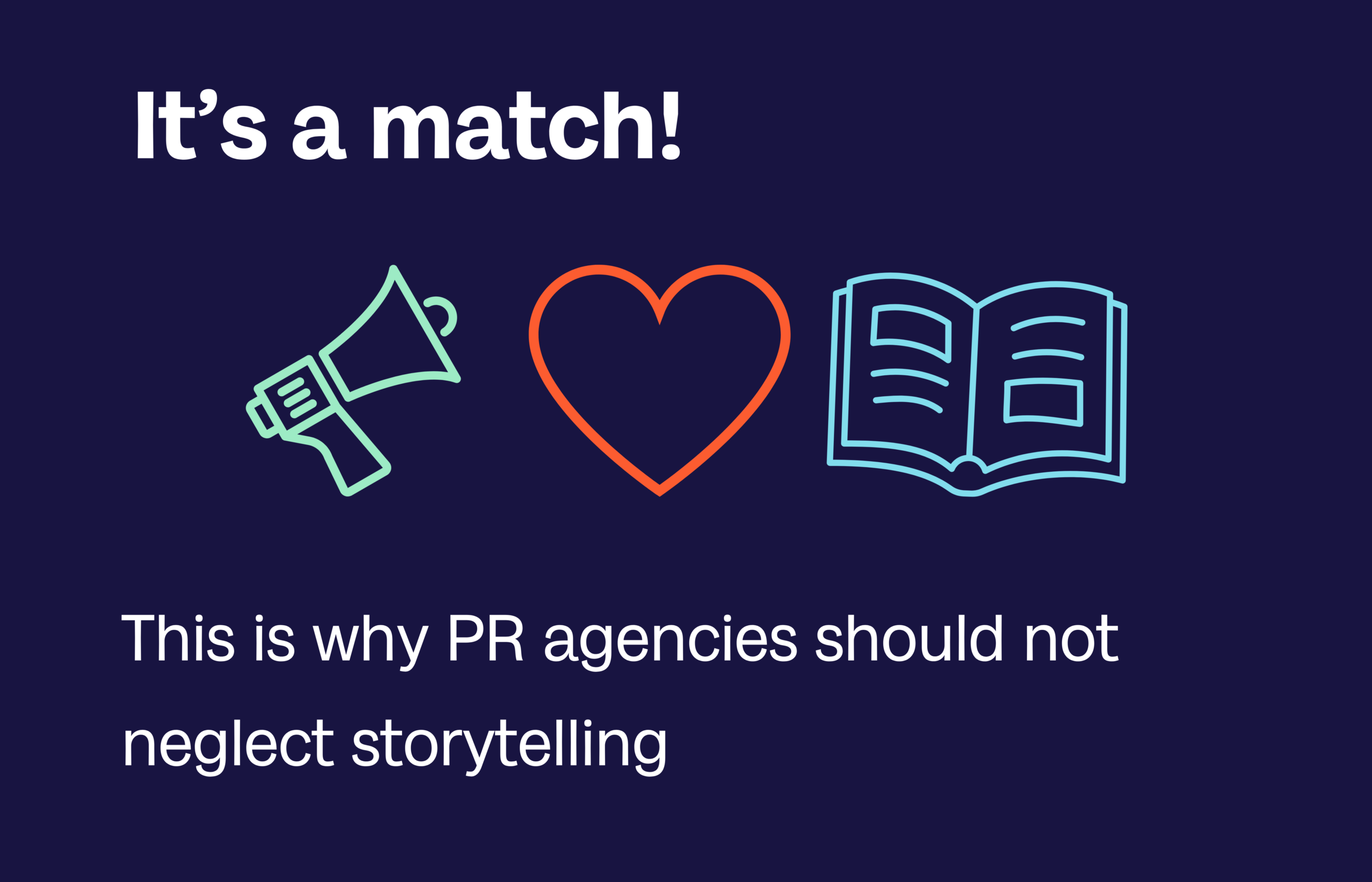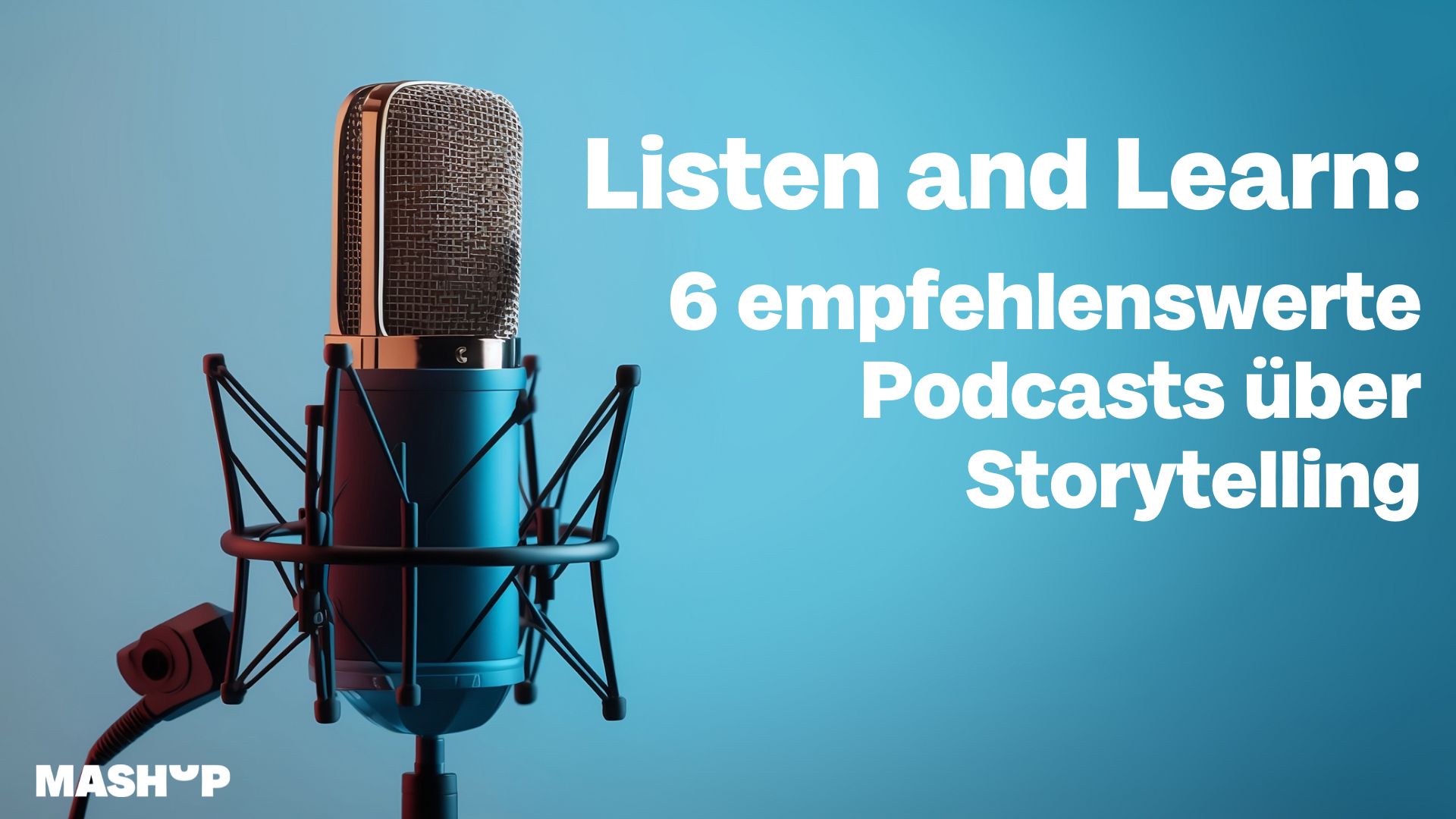Between Information and Manipulation: What is Storytelling (still) allowed to do?
Have you ever told a story in a funnier way than it actually happened? Spicing up an anecdote, slightly altering a quote, attributing a characteristic to a person that they don’t actually have? If we are honest with ourselves, almost everyone has to answer “yes” to at least one of these questions. It’s quite normal, everyone does it. But where is the limit? What are we still allowed to do as storytellers, and what are we no longer allowed to do? Where is the line between information and manipulation in storytelling?

Let’s clarify the Issues: What exactly is Information, what is Manipulation?
Before we plunge into the moral depths of storytelling, we should first examine what exactly information and manipulation mean. If you type “definition of information” into your favorite search engine, you will get roughly 31,548 different answers. The common denominator that I was able to identify is the following: “the subset of knowledge that is required by a specific person or group in a specific situation and is often not explicitly available”. Wow, what a monster of a sentence! Translated into English, however, it actually only describes what a person needs to know in order to understand the situation they are currently in.
However, if you are looking for an explanation for manipulation, the internet is unanimous: you manipulate when you deliberately and covertly influence others with the intention of changing their experience and ultimately their behavior. So while the aim of information is to pass on knowledge, the intention behind manipulation is to control someone’s opinion without their consent.
What else passes as a Matter of Opinion for Storytellers?
No matter what it is – there is always a point of no return. But where is this boundary with consequences in storytelling? At the #whattheplot storytelling conference in Munich, director and author Pauline Roenneberg and dpa infographic designer Dr. Raimar Heber were among those discussing this topic.
Dr. Heber illustrates his view with an example: If the DAX drops by 5%, this is by and large a tiny dent in the price, but de facto assets go down the drain. If he creates an infographic for DAX shareholders, they want to know exactly how their hard-earned money is doing. Dr. Heber therefore chooses not 0, but 12,300 points, for example, as the starting value for the y-axis of his graph, because in this section the 5% then represents a much larger slump – duly dramatic for investors. However, because he still depicts the real values, this approach is justifiable for Dr. Heber.
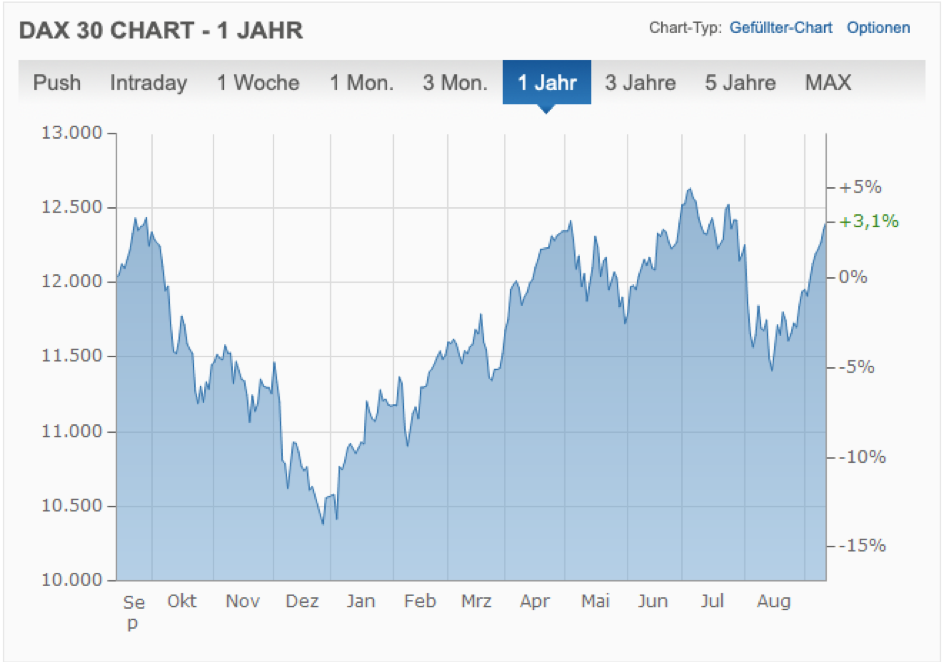
Sample infographic on the DAX, source: finanzen.net
When do you definitely cross the Line into Manipulation?
If you ask documentary filmmaker Pauline Roenneberg, alternative facts are the crossroads. In the panel discussion at #whattheplot, she explained her position like this: A fact is a demonstrably true or recognized state of affairs. The moment you change a fact so that it no longer corresponds to what is commonly known as “true”, you manipulate your audience.
To illustrate this, let’s take one of US President Donald Trump’s latest scandals as an example. As Hurricane Dorian heads for the coasts of the United States of America, the country’s meteorologists agree: Florida, the two Carolinas and Georgia are in the storm’s catchment area. Trump, however, tweets that Alabama, further west, is also at risk. Yet there is no evidence for this from a meteorological perspective. The local weather service gives the all-clear for Alabama, Trump’s reaction: he holds a weather map up to the camera, on which someone has extended the catchment area circled in white with a black felt-tip pen so that south-east Alabama is included. The manipulation is immediately obvious to everyone! Within a very short time, it made waves on the Internet in general and in the meme scene in particular as “Sharpie-Gate”.
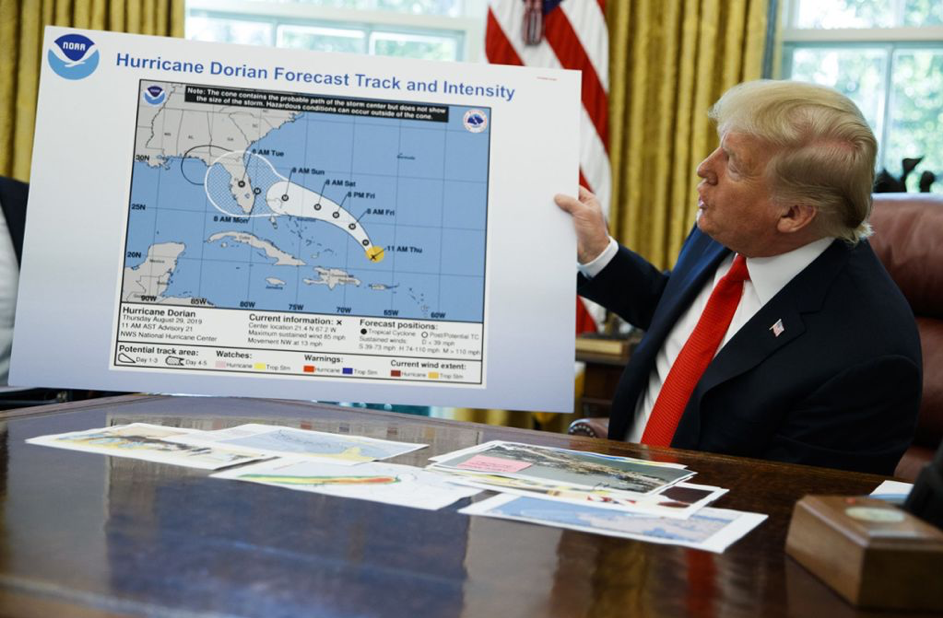
Source: AP
Responsibility: The heavy Burden of the Storyteller
At the end of the day, it’s your intention that matters: if you’re telling a story to the best of your ability, your intention is to inform your audience. If it should turn out at some point that you have not stated a fact 100% correctly, nobody can make a fuss about it. You didn’t know any better, you made a mistake, but you didn’t act with malicious intent. No problem, you can correct your statement afterwards, as required by the german press code, for example. But if you know very well that things didn’t actually happen the way you’re trying to sell them to your listeners, then that’s an attempt at manipulation. As a storyteller, you have a great responsibility: how you tell a story to your audience has a significant influence on how they perceive the events. Whether rose-tinted or pitch-black – you are the spectacles they see the story through. So fulfill your role with responsibility!
Share this article
Related articles
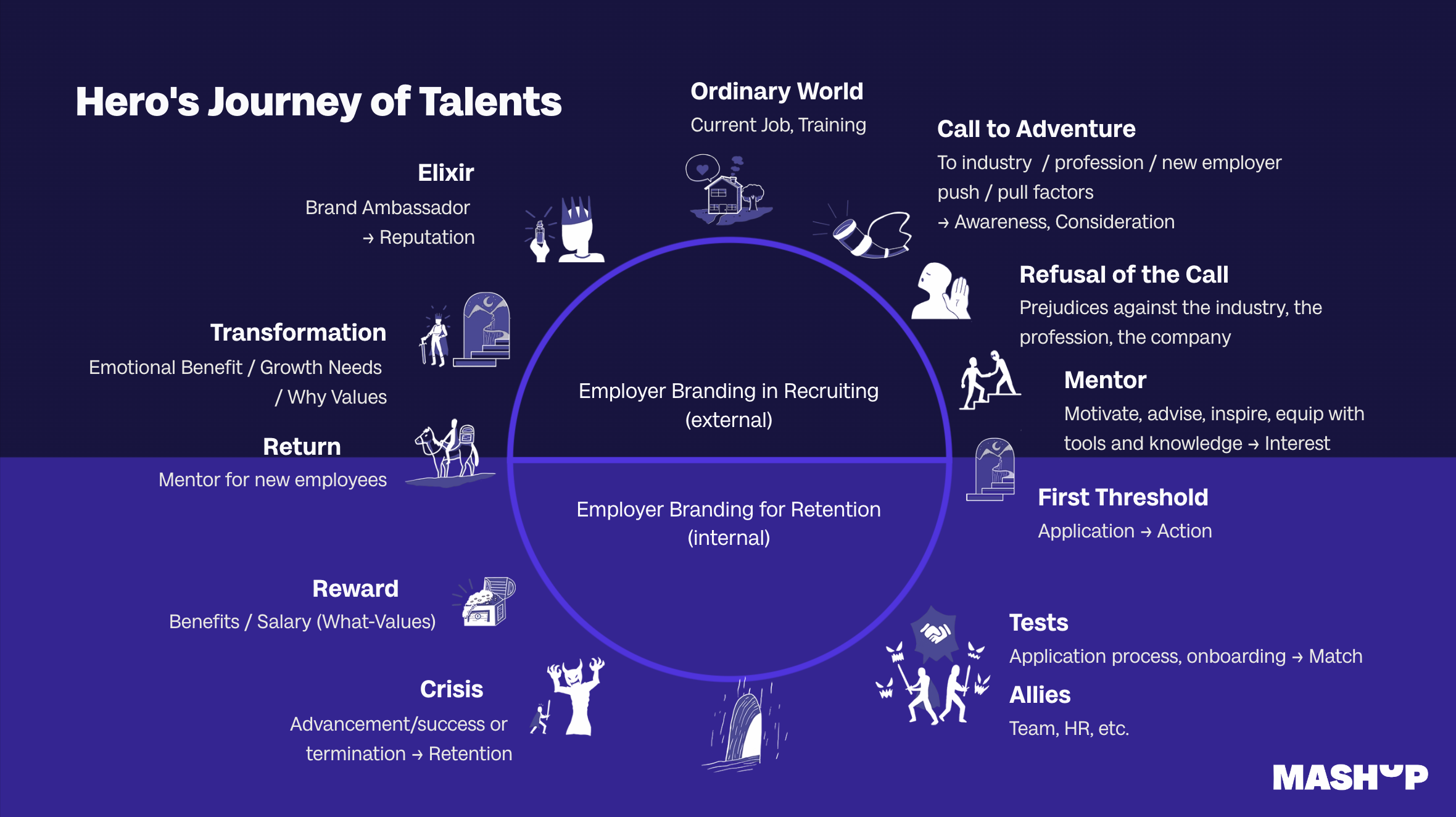
11 March 2024


